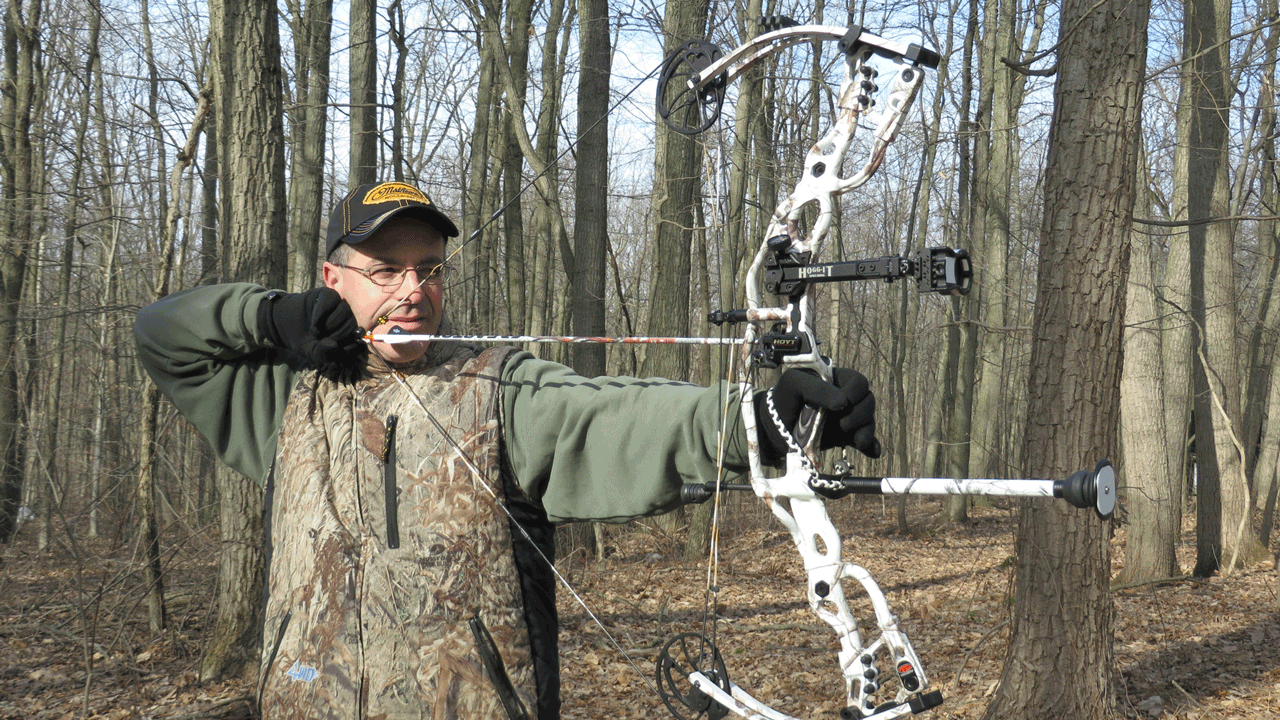Smooth Picture Ahead: Improve Performance with Compound Bow Stabilizers
Smooth Picture Ahead: Improve Performance with Compound Bow Stabilizers
Blog Article
Maximizing Your Archery Efficiency With the Right Substance Bow Stabilizer: a Thorough Overview
One often-overlooked yet vital part in boosting accuracy is the substance bow stabilizer. By understanding the subtleties of selecting and optimizing a substance bow stabilizer, archers can fine-tune their devices to boost their shooting experience to new levels of effectiveness and control.
Value of Bow Stabilizers in Archery

In addition, bow stabilizers help in balancing the weight distribution of the bow, which can boost the archer's stability while firing and aiming. By including weight to the front of the bow, stabilizers can minimize the amount of torque experienced upon launch, resulting in a smoother and a lot more regulated shot - compound bow stabilizer. This weight circulation also aids in holding the bow consistent for a longer duration, permitting the archer to intend a lot more precisely
Sorts Of Compound Bow Stabilizers
When thinking about the various kinds of substance bow stabilizers offered, it is necessary to recognize their distinct features and functions to identify the most appropriate choice for taking full advantage of archery performance. One of the most common kinds of compound bow stabilizers consist of sidebar stabilizers, front stabilizers, and back stabilizers. Sidebar stabilizers connect to the sides of the riser and aid in balancing the bow throughout the intending procedure. Front stabilizers, additionally referred to as long rods, are connected to the front of the riser and aid in absorbing and lowering any type of resonances triggered by the release of the arrowhead, therefore improving precision. Back stabilizers, also called back stabilizers, are placed to the back of the bow and help in counteracting the weight of other devices, causing boosted security and consistent aiming. Furthermore, some stabilizers feature adjustable weights that allow archers to tweak the equilibrium and feel of their bows according to their preferences, making them versatile alternatives for archery lovers of all degrees.
Elements to Take Into Consideration When Choosing
In examining substance bow stabilizers, comprehending the unique functions and features of each kind is essential for making a notified decision on the most appropriate choice to boost archery efficiency. When picking a stabilizer, one have to take into consideration the weight of the stabilizer itself. By carefully assessing these aspects, archers can choose a compound bow stabilizer that aligns with their shooting style and maximizes their overall performance on the archery array.
Installment and Modification Tips
For optimum efficiency and precision in archery, understanding the setup and adjustment of your bow stabilizer is necessary. Proper installment starts with attaching the stabilizer to the bow's riser, guaranteeing it is strongly safeguarded.
When adjusting the stabilizer, begin with small incremental adjustments instead than extreme changes. This allows you to assess the effect of each modification properly. Focus on just how the bow reacts to adjustments in stabilizer settings and make changes accordingly. Keep in mind that the goal is to discover a setup that reduces hand torque, lowers vibration, and improves precision. Consistently check the stabilizer's rigidity and total condition to guarantee it remains to function ideally. By grasping the installment and change process, look here you can maximize your archery performance and raise your capturing experience.
Upkeep and Care Standards

It is likewise crucial to store your bow with the stabilizer in a risk-free and protected place when not in usage. Adhering to these upkeep and care guidelines will help you get the most out of your bow stabilizer and boost your overall archery performance.
Conclusion
Finally, choosing the best substance bow stabilizer is critical for maximizing archery performance. Recognizing the relevance, types, variables view publisher site to think about, installment and adjustment suggestions, along with upkeep and treatment standards can substantially influence one's accuracy and uniformity in shooting. By choosing a stabilizer that matches specific requirements and choices, archers can enhance their total performance and achieve better results on the range or in competition.
Bow stabilizers play a crucial function in enhancing an archer's accuracy and uniformity by minimizing resonances and stabilizing the bow during the launch of an arrowhead - compound bow stabilizer.Furthermore, bow stabilizers help in balancing the weight circulation of the bow, which can boost the archer's security while intending and firing. The most typical types of compound bow stabilizers include sidebar stabilizers, front stabilizers, and back stabilizers. Back stabilizers, also called back stabilizers, are installed to the back of the bow and help in reversing the weight of various other devices, resulting in enhanced stability and consistent intending. When picking a stabilizer, one should consider the weight of the stabilizer itself
Report this page